Ah, that joyous time of year when we bring a flurry of festive cheer into our homes and hearts. Nothing quite beats the feeling that Christmas has arrived—as evidenced by the sparkling lights and decorations, the smell of freshly-baked treats in the kitchen, and holiday movies and music playing on infinite repeat. It truly is an enchanting experience. This festive season can be made exceptionally more magical with the apparition of giant toy soldiers as electrifying decorations in front of homes and businesses! These larger-than-life figures dominate exteriors across our public spaces to create astounding displays.
Such eye-catching decor will not only elevate your Christmas celebrations but will also help you make some precious memories together with your family. So let’s jump right in and discover how giant toy soldiers can add extra pep to your holiday festivities this year!
Continue reading “How Giant Toy Soldiers Joined the Christmas Festivities”


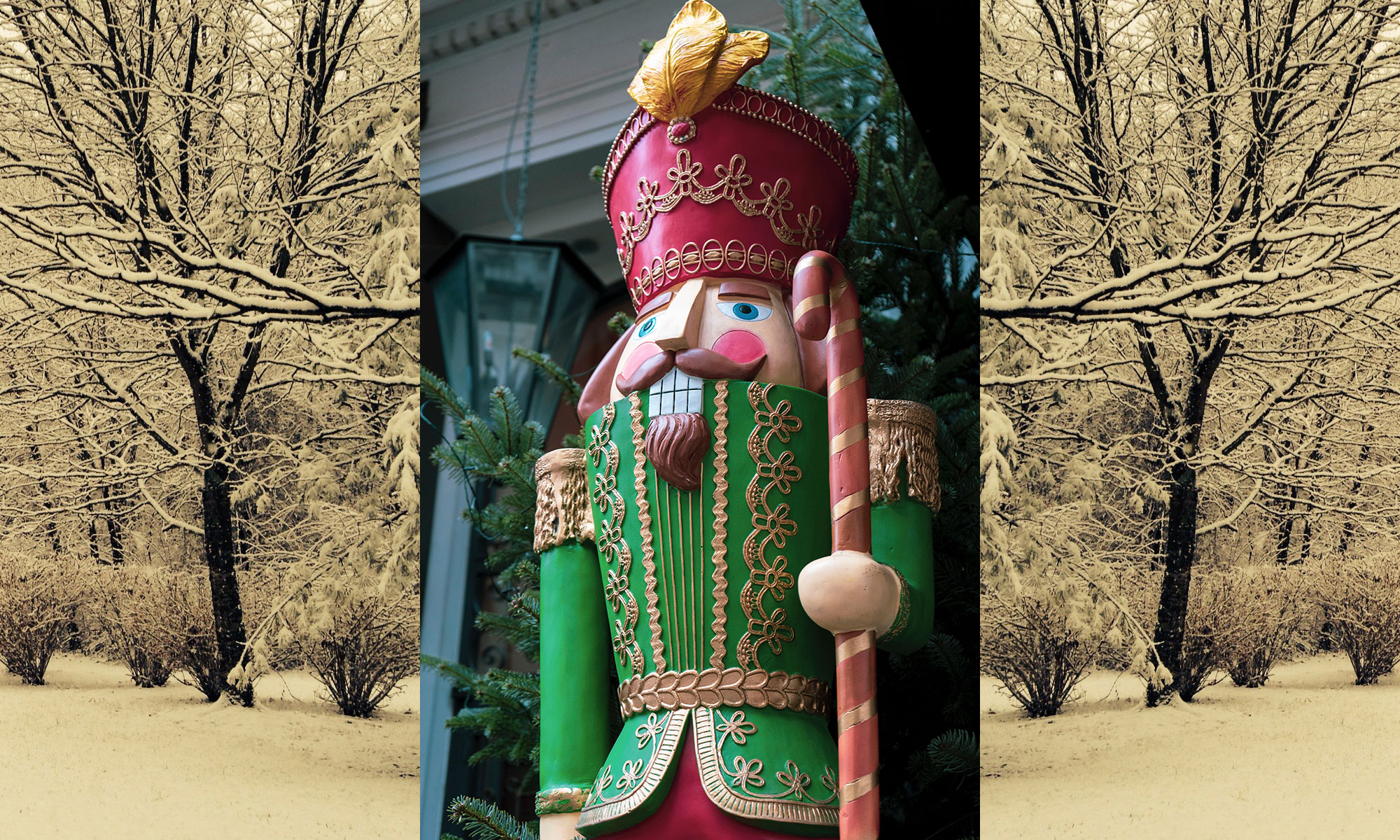
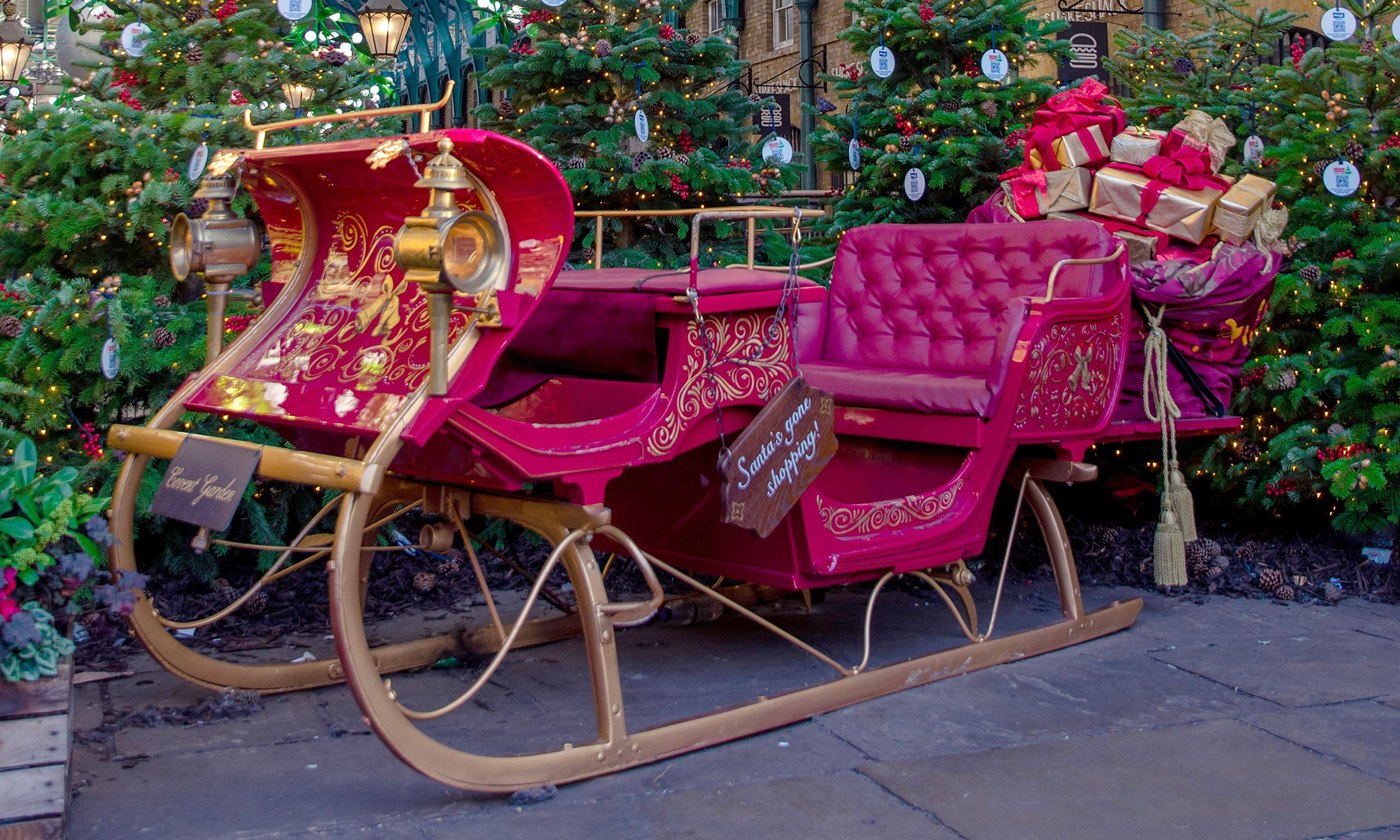
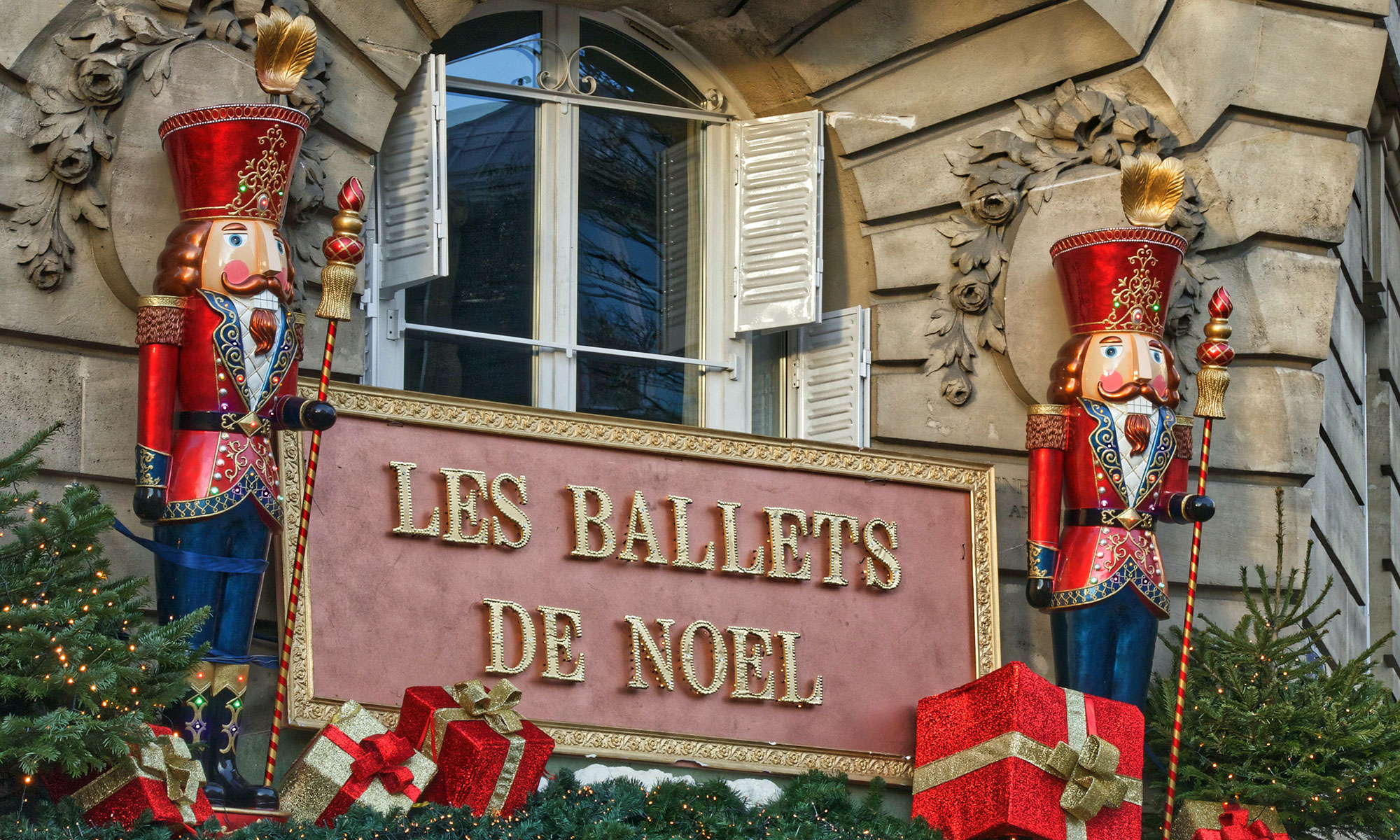
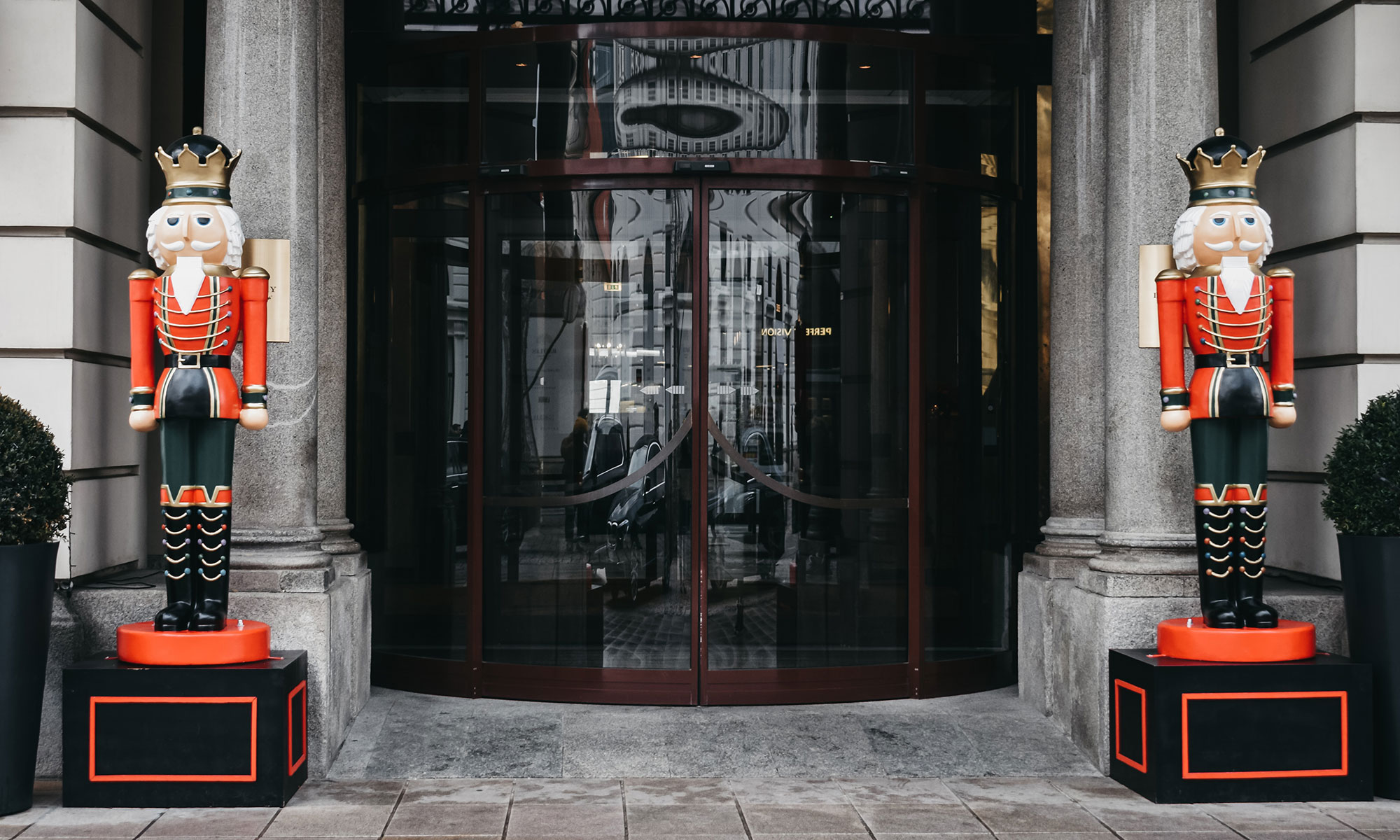

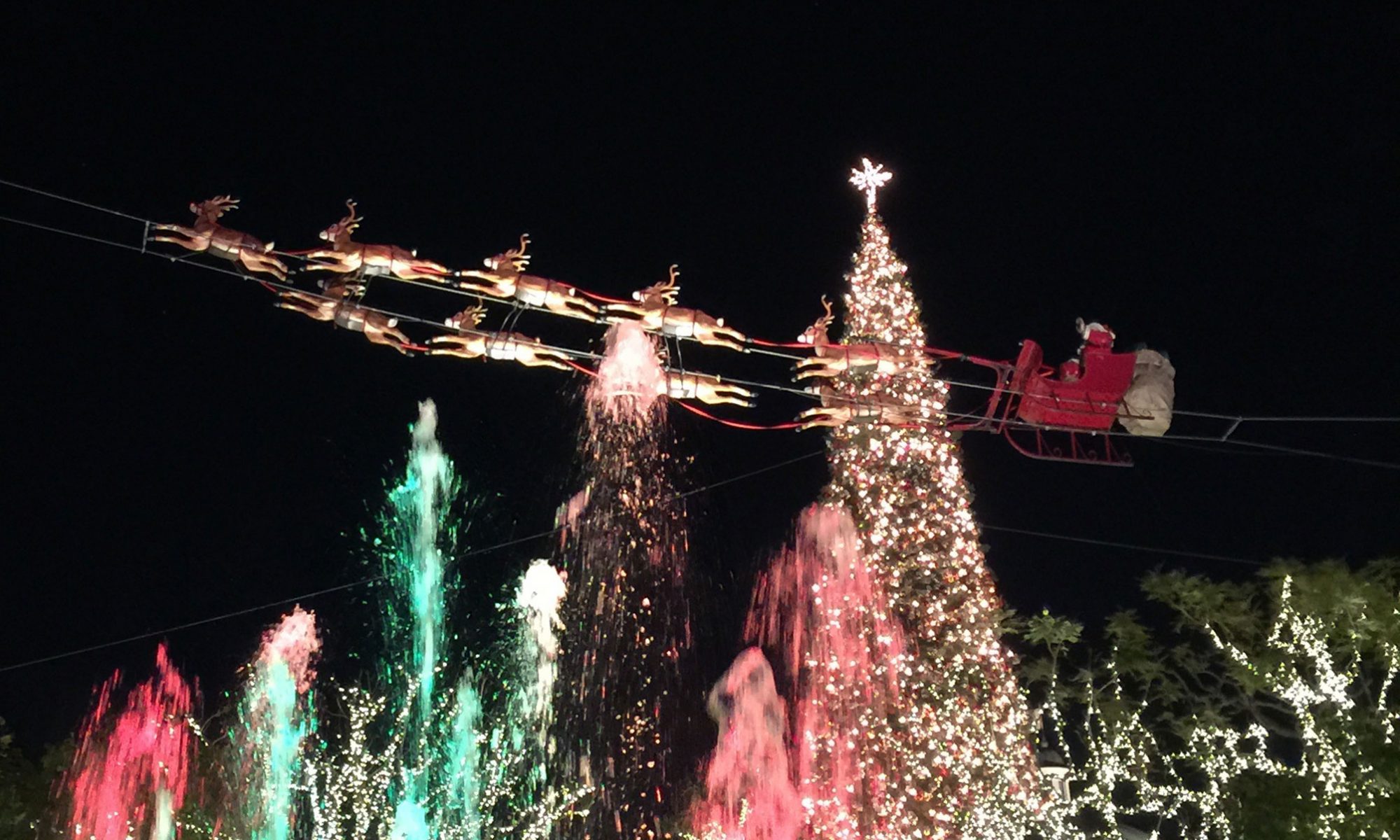
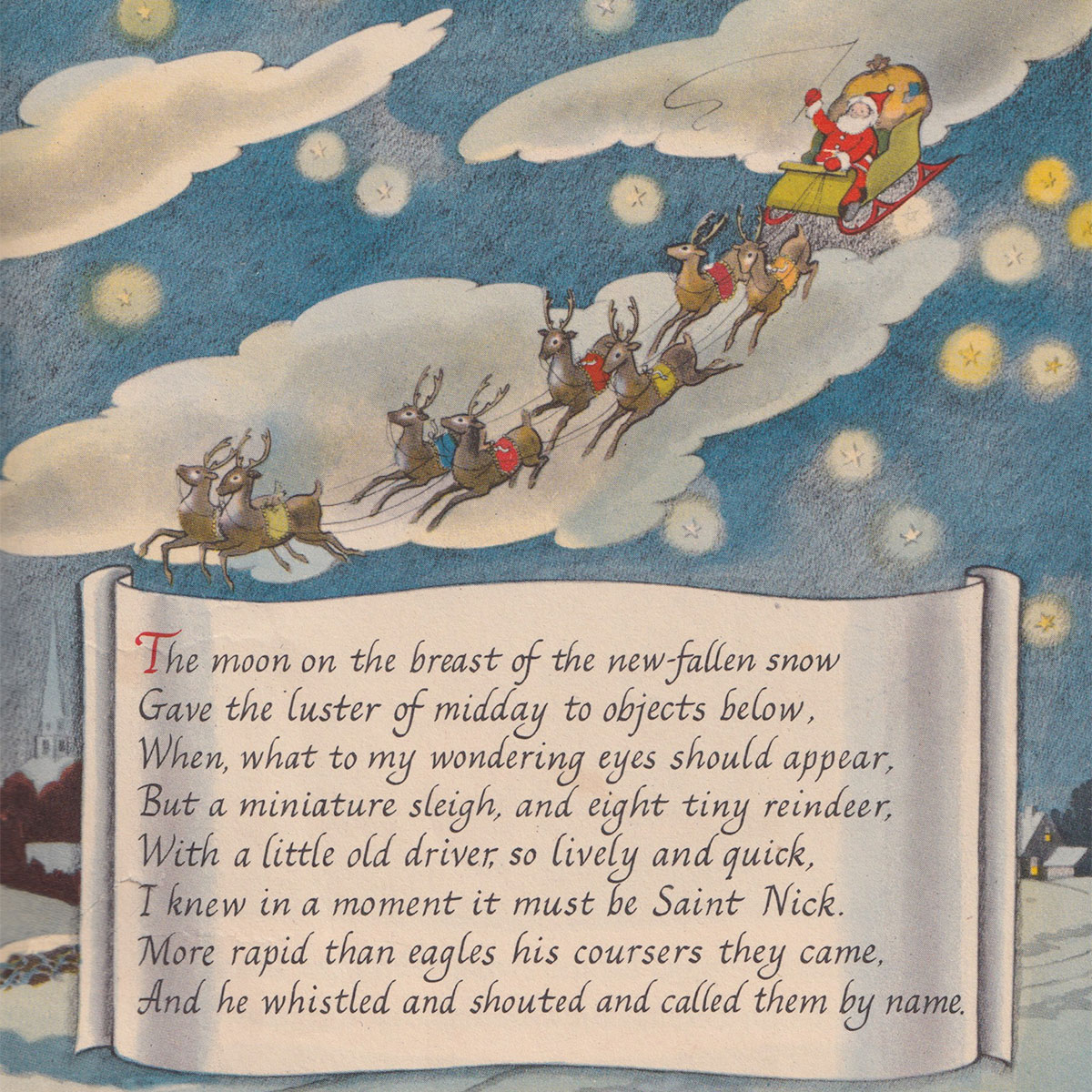
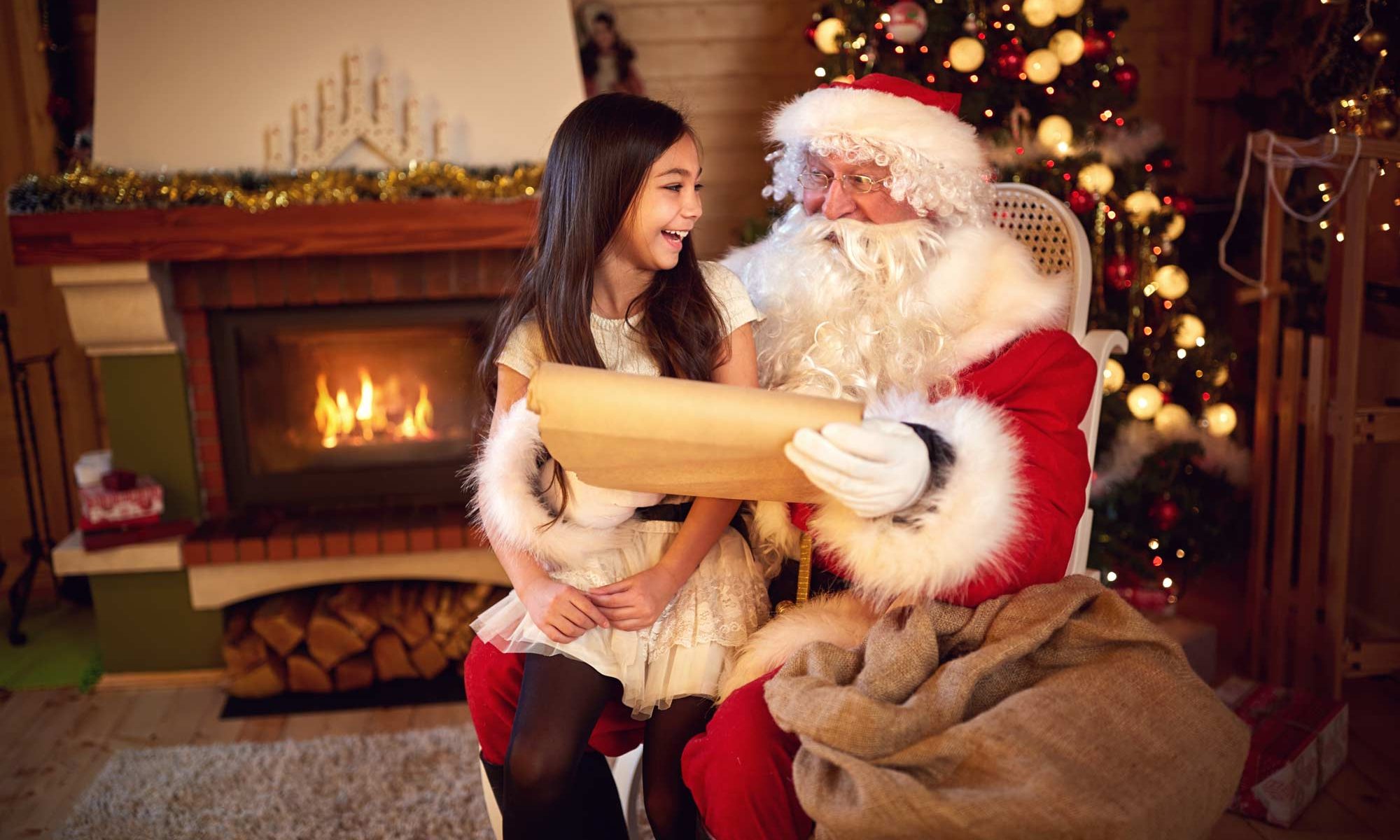

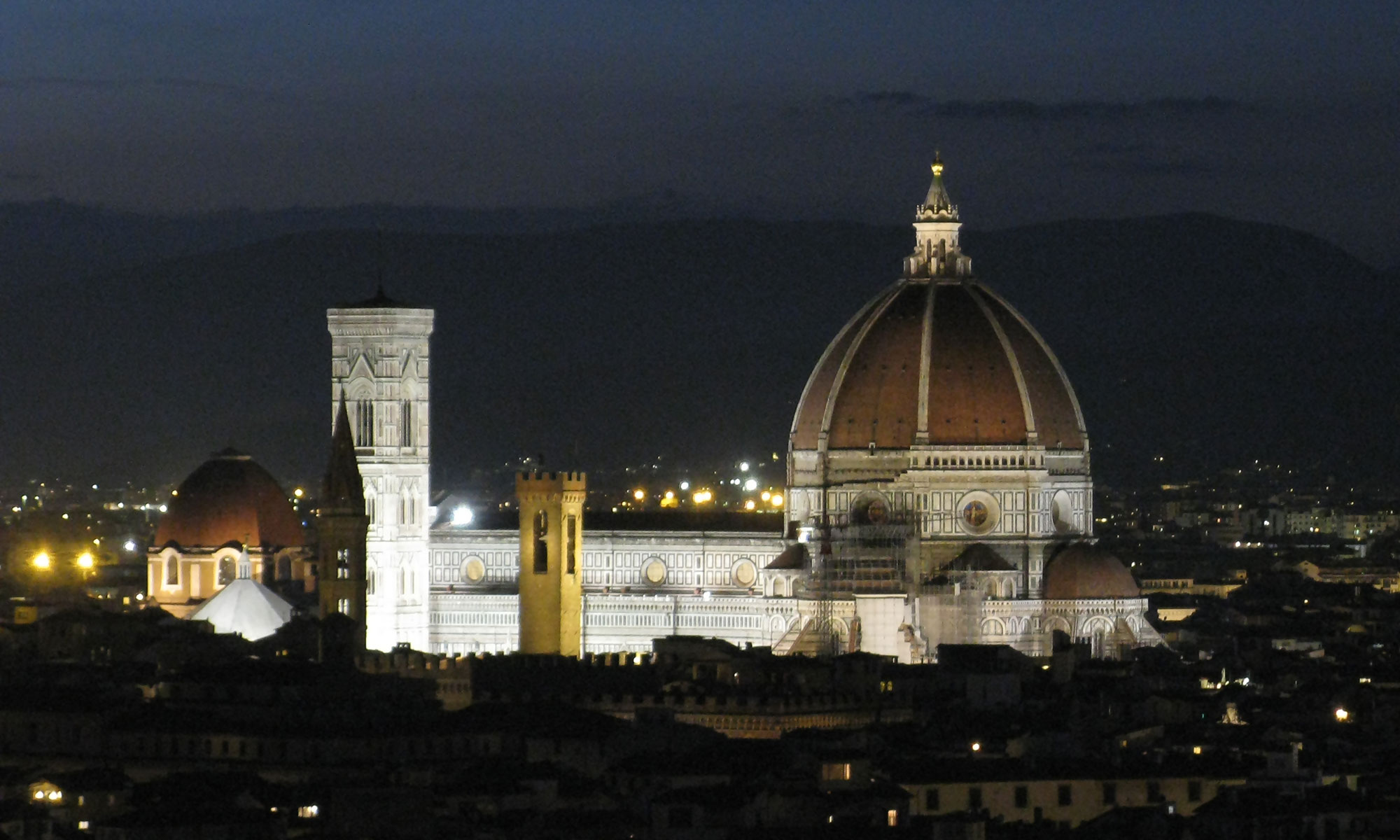
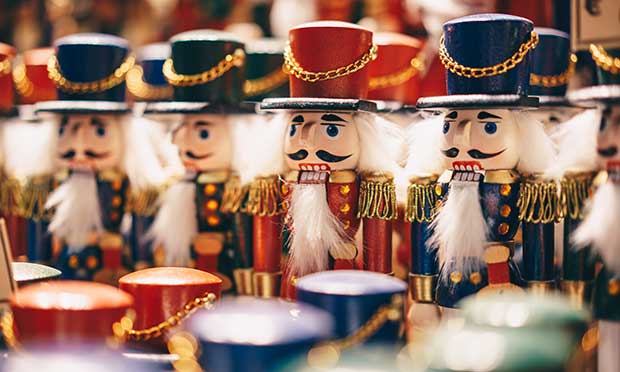
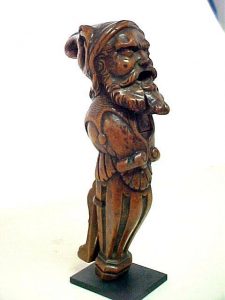 Typically, nutcrackers were of simpler but creative design. During medieval times, the nutcracker was an everyday tool. And nuts were a staple in everyday life. Medieval nutcrackers were whittled from wood and were skillfully designed by the whittler.
Typically, nutcrackers were of simpler but creative design. During medieval times, the nutcracker was an everyday tool. And nuts were a staple in everyday life. Medieval nutcrackers were whittled from wood and were skillfully designed by the whittler.